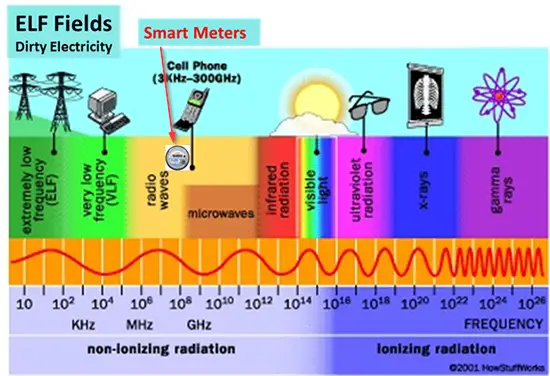The evolution of banking in America refers to the continuous development and transformation of the financial industry within the United States over the course of its history. It encompasses a series of significant changes, innovations, and regulatory reforms that have shaped the modern banking system. Early American banking primarily consisted of private banks issuing their own currency. The establishment of the First Bank of the United States in 1791 marked the federal government’s initial foray into banking. This was followed by the Second Bank of the United States, which was eventually abolished in 1836. The 19th century saw the proliferation of state-chartered banks and the issuance of a wide variety of banknotes. The National Banking Act of 1863 introduced a system of nationally chartered banks and a uniform currency. The Great Depression of the 1930s led to the creation of the Federal Deposit Insurance Corporation (FDIC) and the Glass-Steagall Act, which separated commercial and investment banking.
The late 20th century witnessed further regulatory changes, including the repeal of Glass-Steagall and the emergence of large financial conglomerates. The 21st century has been marked by advancements in digital banking, the growth of online banking services, and ongoing regulatory reforms in response to the financial crisis of 2008. Overall, the evolution of banking in America reflects a dynamic interplay of economic, political, and technological forces, resulting in a diverse and complex financial landscape.
The banking industry in America has undergone a remarkable transformation since its inception in the 18th century. From the humble beginnings of colonial banks to the rise of digital banking in the 21st century, the evolution of banking in America reflects the dynamic interplay of economic, technological, and regulatory forces. This article delves into the fascinating journey of banking in America, spanning over centuries and exploring the key milestones, innovations, challenges, and trends that have shaped the financial landscape of the nation.
1. Early Roots and Colonial Banking (18th Century – 19th Century)
In the early days of America, banking was decentralized and largely unregulated. Colonial banks issued their own banknotes, leading to a complex and fragmented monetary system. This section explores the origins of banking in America, discussing the establishment of the first chartered banks, their functions, and the challenges faced during this period of financial experimentation.
2. The Rise of National Banking System and Industrial Revolution (19th Century – Early 20th Century)
The 19th century witnessed significant changes in banking, driven by the Industrial Revolution and the need for a stable national currency. The establishment of the national banking system in the 1860s laid the foundation for a more organized and regulated banking sector. This section explores the impact of industrialization on banking, the role of national banks, and the emergence of banking giants.
3. The Great Depression and Banking Reforms (1930s – 1940s)
The Great Depression of the 1930s exposed the vulnerabilities of the banking system, leading to widespread bank failures and economic turmoil. The subsequent banking reforms, including the Glass-Steagall Act, aimed to restore confidence in the banking sector and prevent future financial crises. This section examines the causes and consequences of the Great Depression, as well as the regulatory measures that reshaped the banking landscape.
4. Post-War Prosperity and Technological Advancements (1950s – 1980s)
The post-World War II era brought economic prosperity and technological advancements that transformed banking services. The introduction of credit cards, ATMs, and electronic fund transfers revolutionized the way people accessed and managed their finances. This section discusses the impact of technology on banking, exploring the evolution of payment systems and the gradual shift towards a cashless society.
5. Deregulation, Globalization, and Financial Innovation (1980s – 2000s)
The late 20th century witnessed a wave of deregulation and globalization, leading to increased competition and innovation in the banking industry. Financial institutions diversified their services, and new products like derivatives and securitization gained prominence. This section analyzes the effects of deregulation, the rise of investment banking, and the challenges posed by globalization, including the 2008 financial crisis and its aftermath.
6. Digital Revolution and the Era of FinTech (2010s – Present)
The 21st century brought about a digital revolution in banking, with the widespread adoption of internet banking, mobile apps, and digital wallets. FinTech startups emerged as disruptors, offering innovative solutions and challenging traditional banking models. This section explores the rise of FinTech, the role of cryptocurrencies and blockchain technology, and the ongoing debates surrounding digital currencies and Central Bank Digital Currencies (CBDCs).
7. Challenges and Opportunities in the Modern Banking Landscape
The modern banking landscape is marked by various challenges, including cybersecurity threats, regulatory compliance, and the need for financial inclusion. Simultaneously, there are opportunities for banks to embrace emerging technologies, enhance customer experience, and promote sustainable finance. This section discusses the current challenges faced by banks and the strategies they employ to navigate the complex and competitive environment.
Conclusion
The evolution of banking in America is a testament to the adaptability and resilience of the financial industry. From its early days as a collection of local institutions to the global, technologically advanced sector it is today, banking in America has come a long way. As we move forward, the industry will continue to evolve, shaped by advancements in technology, changing consumer preferences, and regulatory developments. By understanding the lessons from the past and embracing innovation, the banking sector can navigate the challenges of the future and continue to play a vital role in the nation’s economic growth and development.







Leave a Reply